Subscriber Benefit
As a subscriber you can listen to articles at work, in the car, or while you work out. Subscribe NowA $9.2 million supportive housing complex for young adults who have aged out of foster care and are homeless or in danger of becoming homeless is celebrating its official opening Wednesday on Indy’s east side.
Pando Aspen Grove of Community Heights is a sleek gray building at 5656 E. 16th St. that can house up to 30 young adults.
Lutheran Child and Family Services spearheaded the project, which is part of a “housing first” approach that prioritizes a place to live as the first step to stability.
“The number one focus here is safe housing, and then comes the question of how to circle around with services,” Sven Schumacher, Lutheran’s executive director, told IBJ. “Traditionally, most programs for people in these situations are services first, and then we look at the other things. … That has not worked, especially when it comes to chronic homelessness.”
“In order to be successful, you have to have a place to call home,” said Amy Rich, a program manager at Community Health Network, who works out of an office on the first floor of the development. Community Health is a partner on the project, along with TWG, which constructed the building and now manages the property.
Nine young adults have already moved in, with more on the way, according to Cat Brown, TWG’s on-site property manager.
The initiative, three years in the making, has roots in tragedy.
It started with Lutheran’s Trinity House Group Home, which serves a small number of young men ages 14-21 who are at risk of homelessness after they age out of the foster care system. Some, after they leave, call back weeks or months later, already struggling with homelessness.
One young man “did extremely well” at the group home, and was able to not only finish high school but also move on to college at Valparaiso University, Schumacher said. But then, things fell apart.
“He was as stable as he had ever been in his life at the group home, but once he left us, his support system—he went all the way to Valparaiso,” said Bill Wischnowski, an operations director for programs that Lutheran and Community Health operate in collaboration, including the group home. The resources that the organizations connected the young man with near campus didn’t take hold.
“He killed himself,” Schumacher said. “We thought that we need to have something that’s after Trinity House.”
The team saw an opportunity in the Indiana Permanent Supportive Housing Institute, a program offered annually by the New York-based Corporation for Supportive Housing and the Indiana Housing and Community Development Authority. Schumacher contacted TWG’s co-founder and then-principal, Joe Whitsett, and brought Community Health on. They pitched Pando as a place for former foster care youth to stay and have immediate access to the resources needed to obtain and maintain stability—with more independence and privacy than a group home affords, and none of the time limits associated with transitional housing programs.
The project was funded with $8.4 million in Indiana Low-Income Housing Tax Credits and the $800,000 from the Indiana housing authority’s Housing Trust Fund.
Potential residents come in through Indianapolis’ Continuum of Care program, specifically the Coordinated Entry System led by the Coalition for Homelessness Intervention and Prevention. YouthLink employees meet with homeless or at-risk young people and assess their situations. Every Thursday, those running the entry system meet to discuss the cases that have accumulated, said Barbara Walters, director of strategy and innovation for Lutheran.
“We look at who is in the pipeline, what the highest needs are and then which program: … what are the best options for people at the tops of each list,” Walters said. “For Pando, they get extra filtering, because we look for youth who have been in the foster care system.”
Residents have access to an on-site food pantry and staff that can get them health care, legal aid, educational and employment help, and so on. Furniture comes with the apartment, since newcomers so often “come with nothing, just the clothes that’s on their back,” said Brown, the property manager. She also provides supplies like tissues, plungers and other basic, but often overlooked, necessities.
The hope is that residents will also gain a community. Pando will offer recreational activities, nutrition and cooking classes, financial management lessons, networking and whatever additional programming options that the new apartment-dwellers want. Promotion for an upcoming bingo night was already carefully written out in bright marker on a shiny new whiteboard Tuesday.
That hope for connection is why the project is named after Pando, a massive aspen grove in Utah that covers 108 acres. At 6,600 tons, it is the world’s heaviest known organism. Though the aspen colony looks like 40,000 separate trees, it’s actually just one living thing.
“We want residents to find interconnection,” Schumacher said. Still, taking part isn’t required. It’s a choice, and one that Pando leaders hope residents will make.
Community Health’s Rich, along with Angel Wallace, client engagement and community programs manager at Lutheran, both work part-time on-site to provide much of the support. Brown works full-time. Pando leaders are currently interviewing to hire a part-time specialist and are considering bringing on two potentially full-time peer specialists, who would bring to the job personal experiences with foster care and homelessness, according to Schumacher. Lutheran is still working on raising funds to support those paid roles, he added.
The project might’ve just officially opened, but Schumacher and his partners are already floating ideas for the next facility in the continuum of care, one that’s a step between the Pando program and a conventional apartment complex for young people who’ve landed their first jobs.
“We’re kind of thinking, ‘What are the other things we can do?’” Schumacher said.
Please enable JavaScript to view this content.

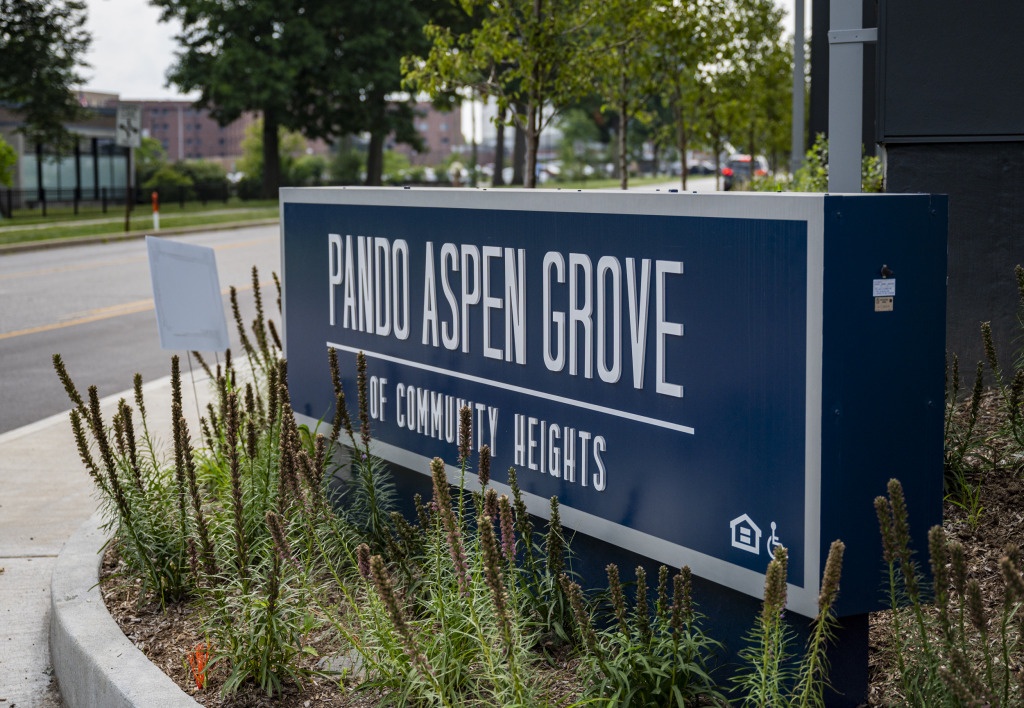
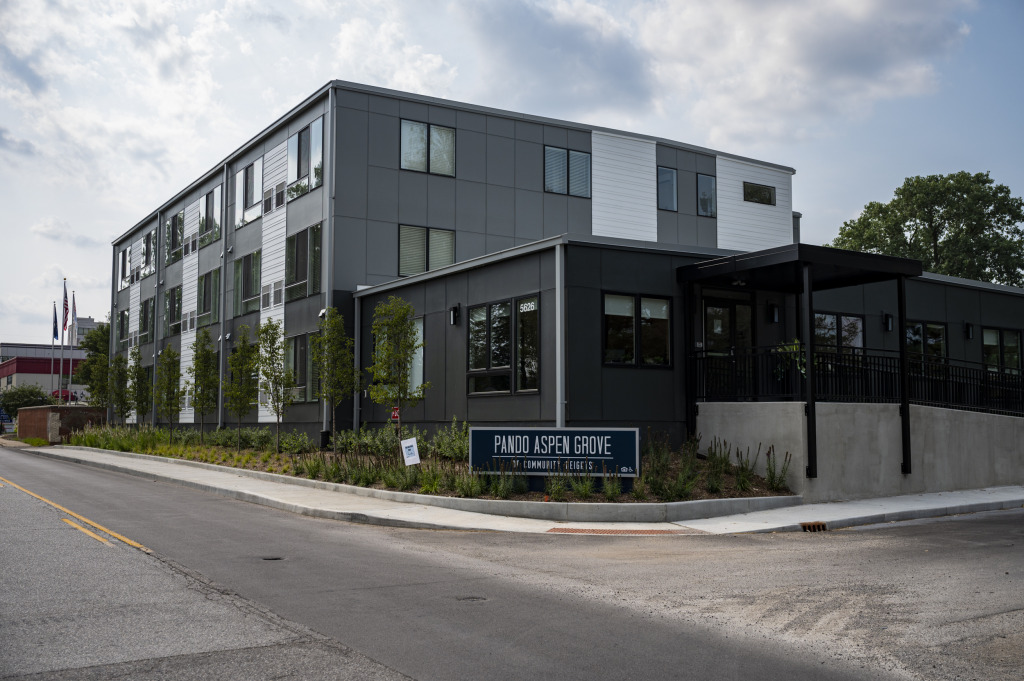
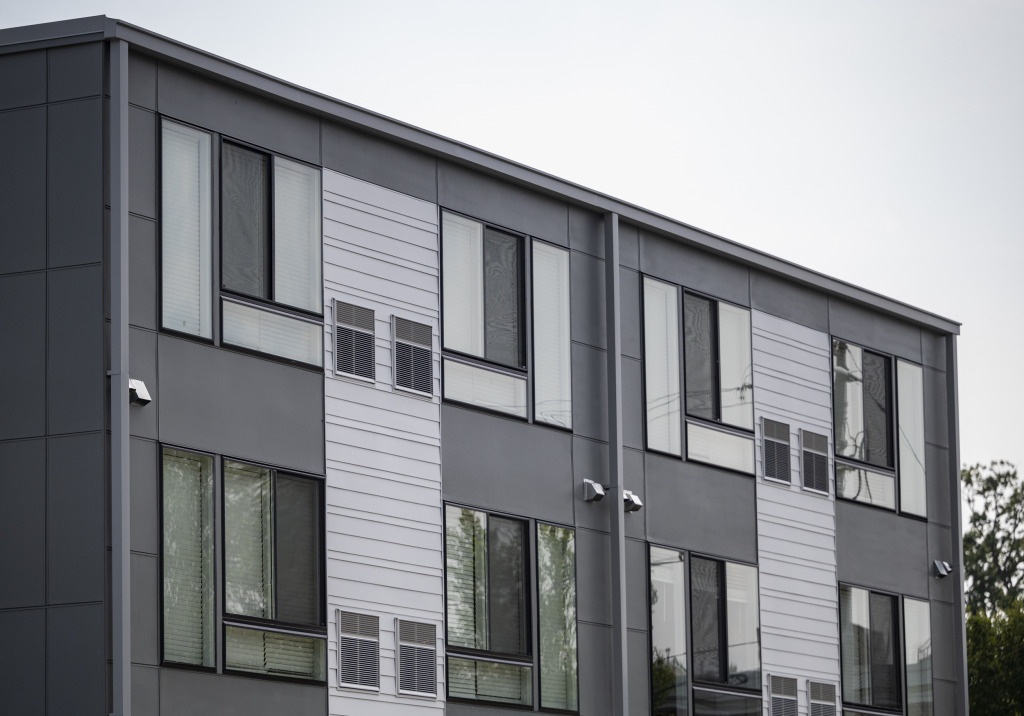
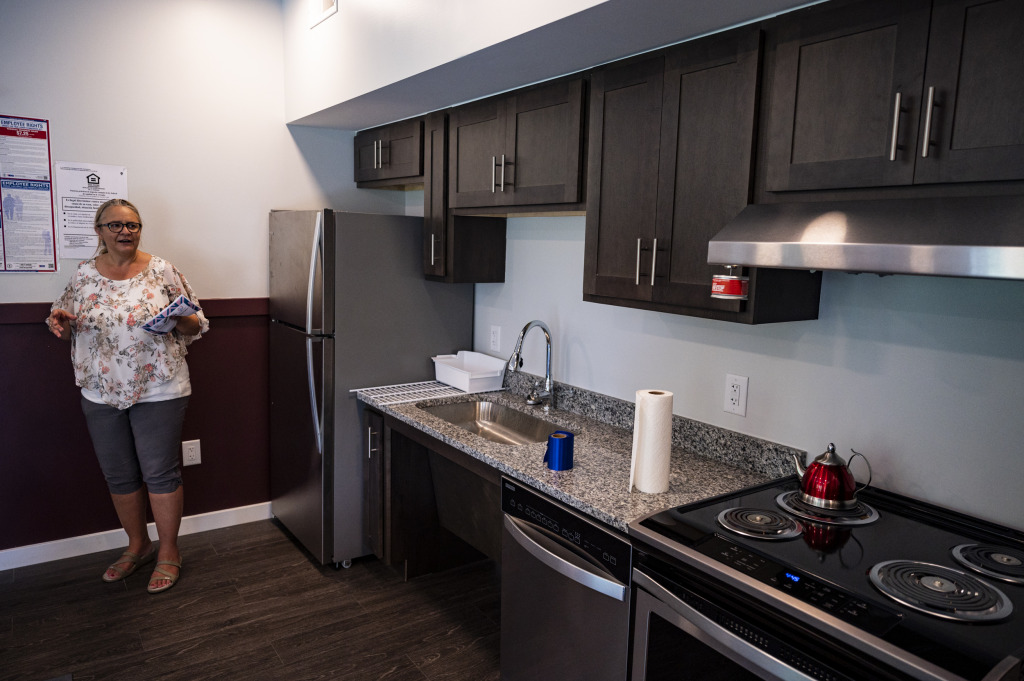
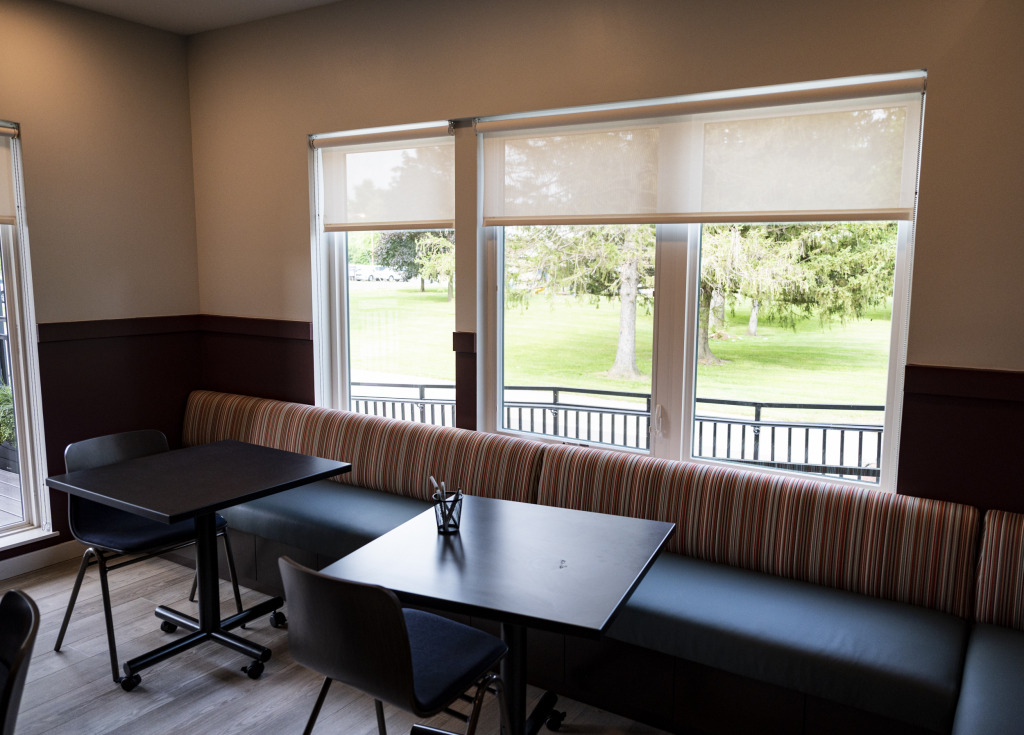
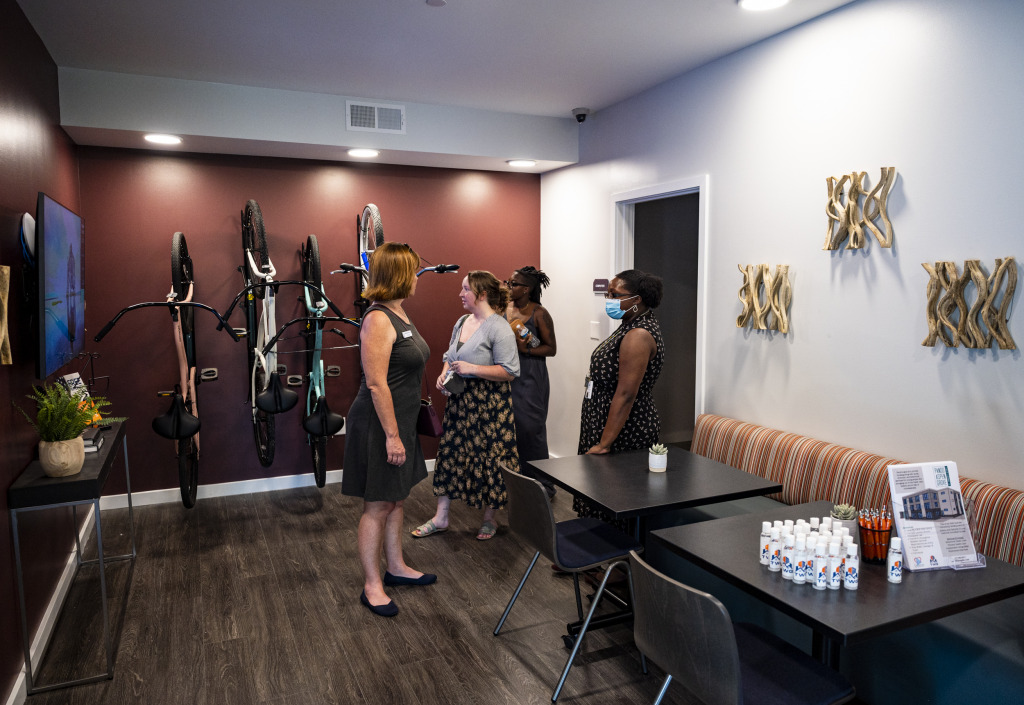
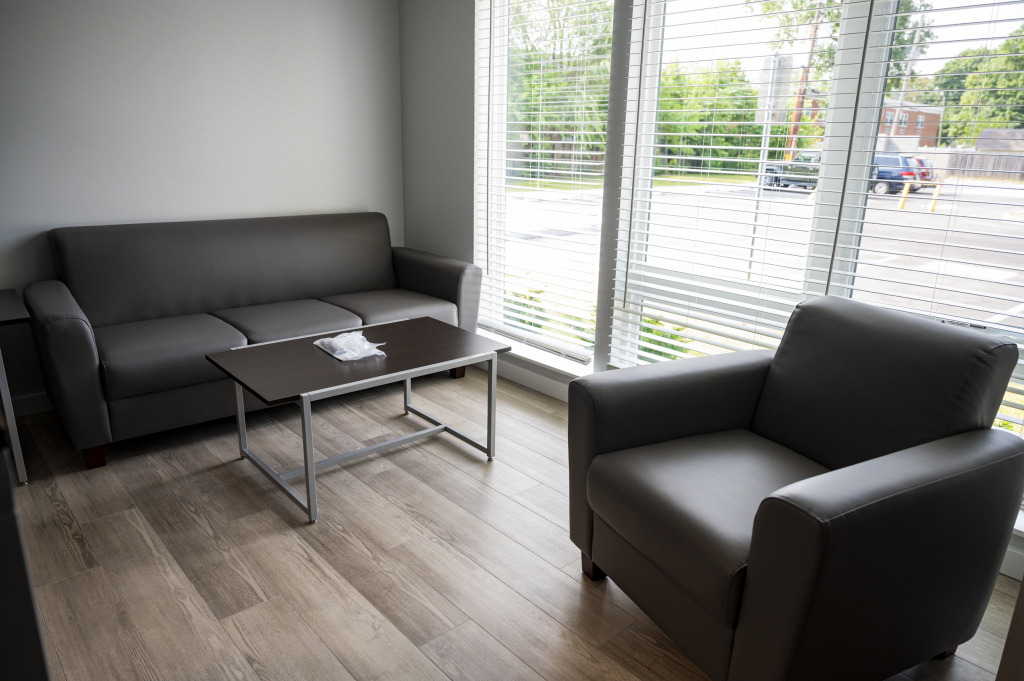
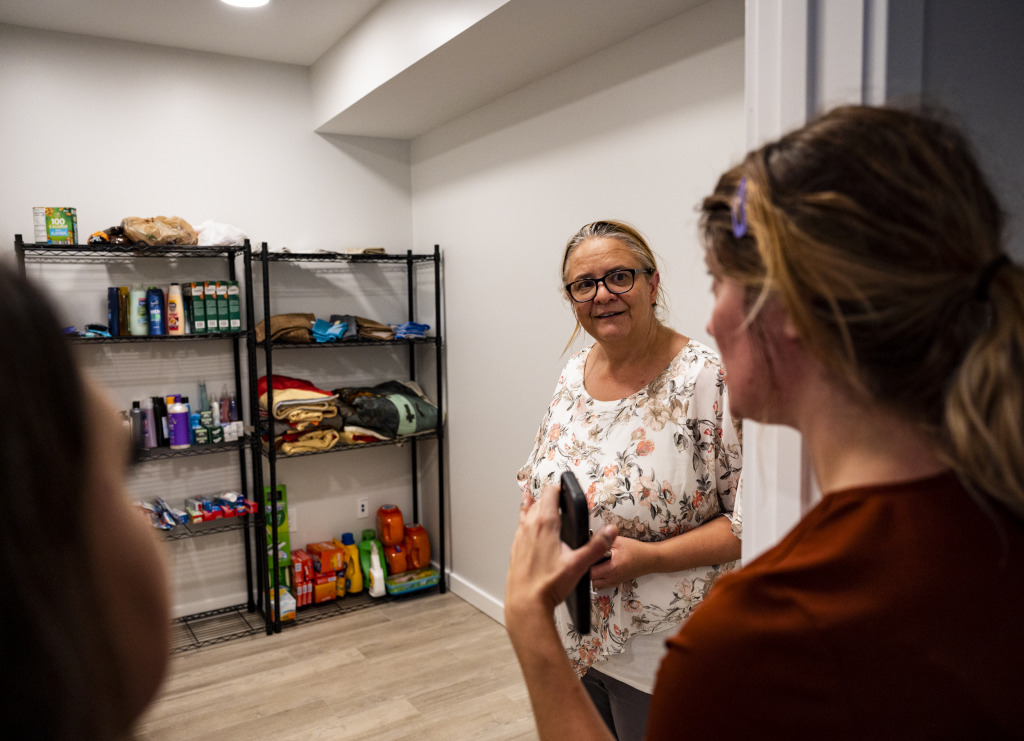

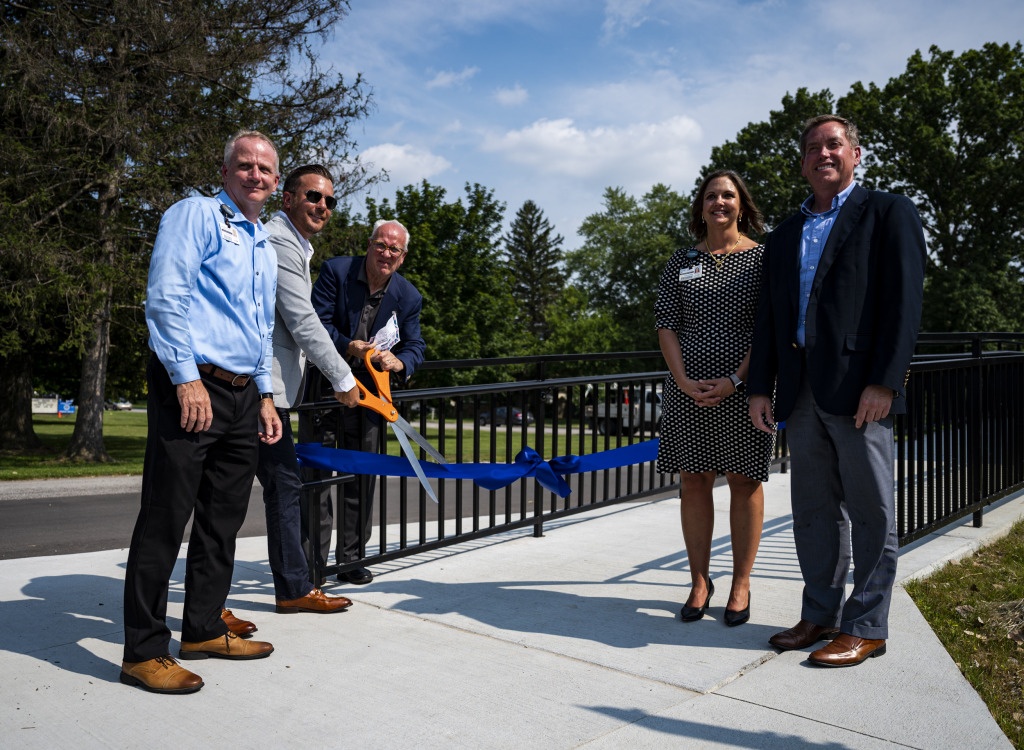
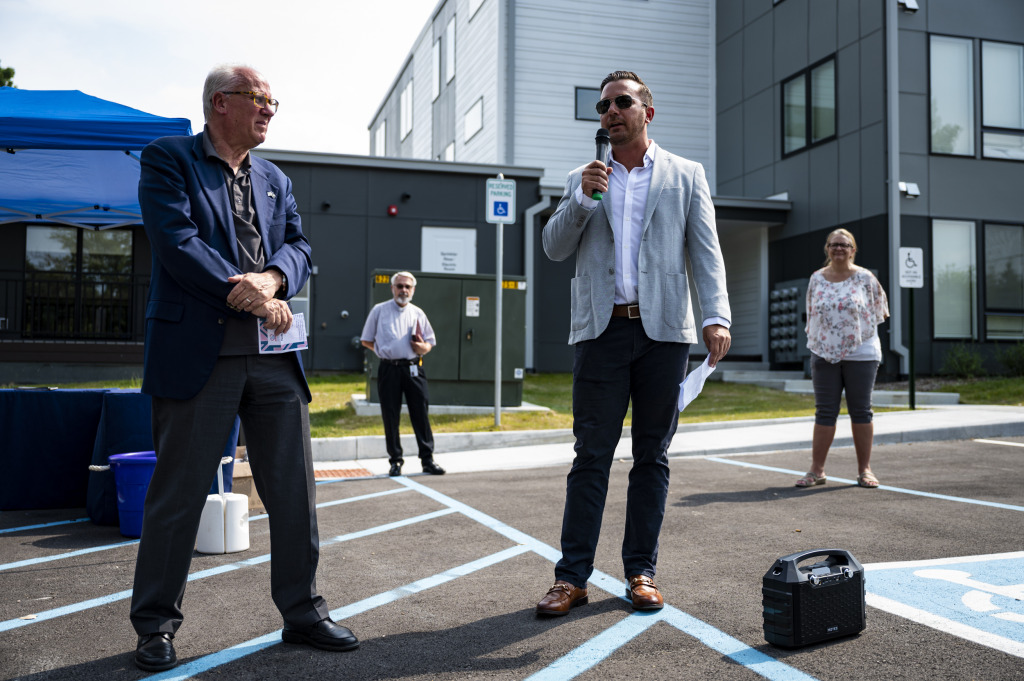

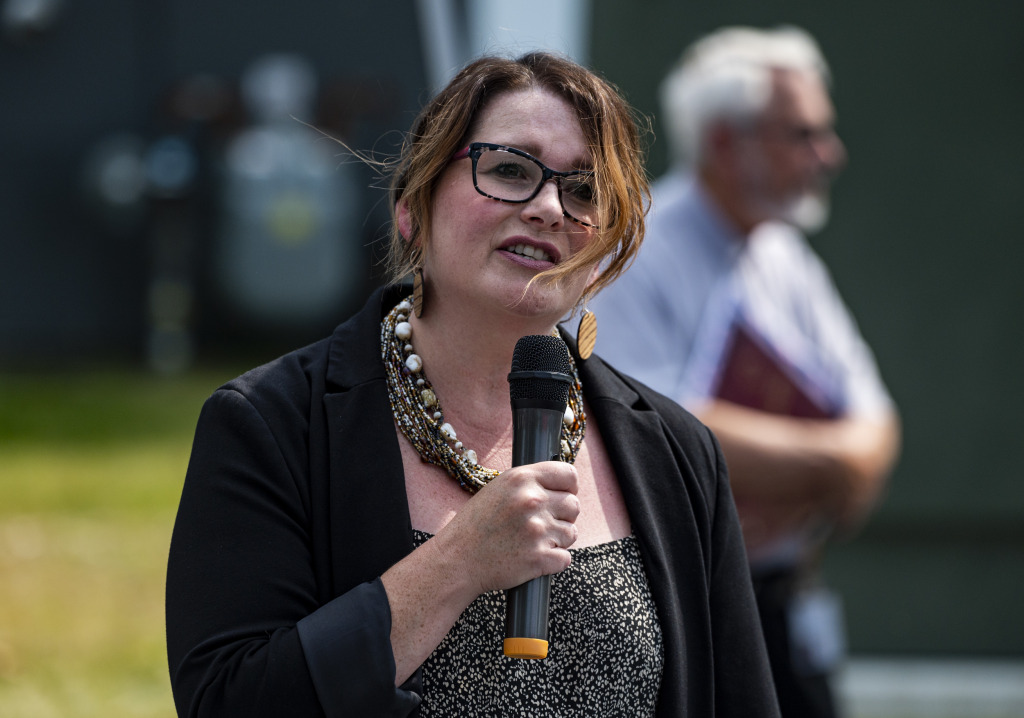
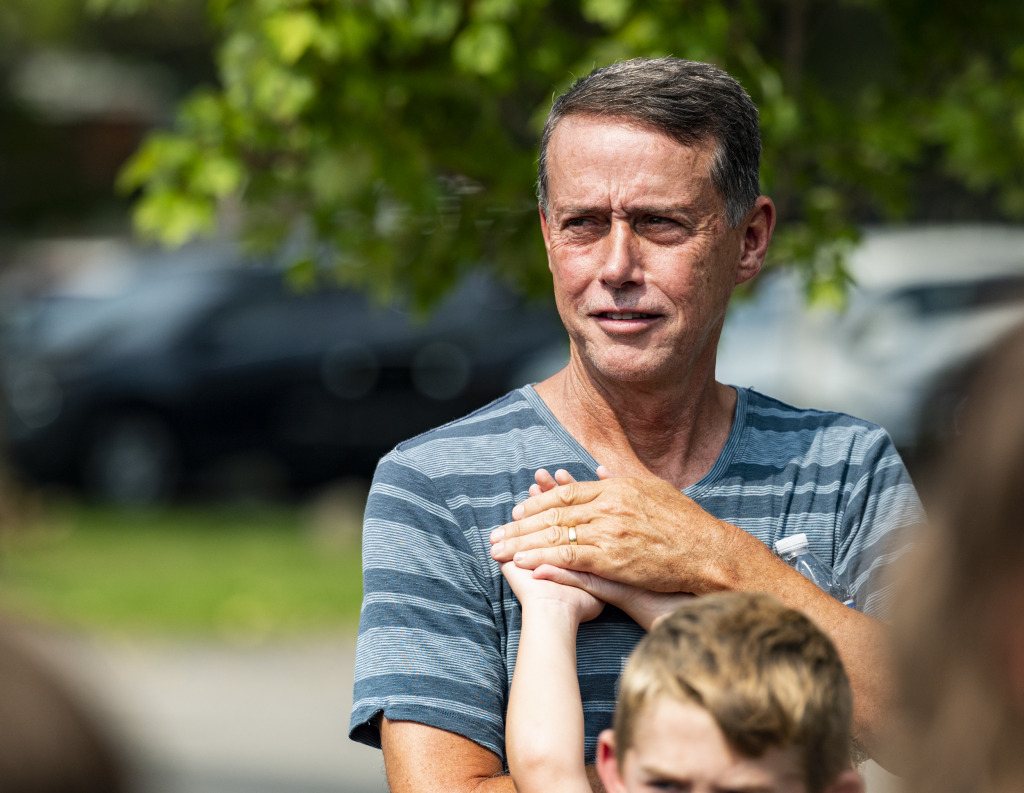
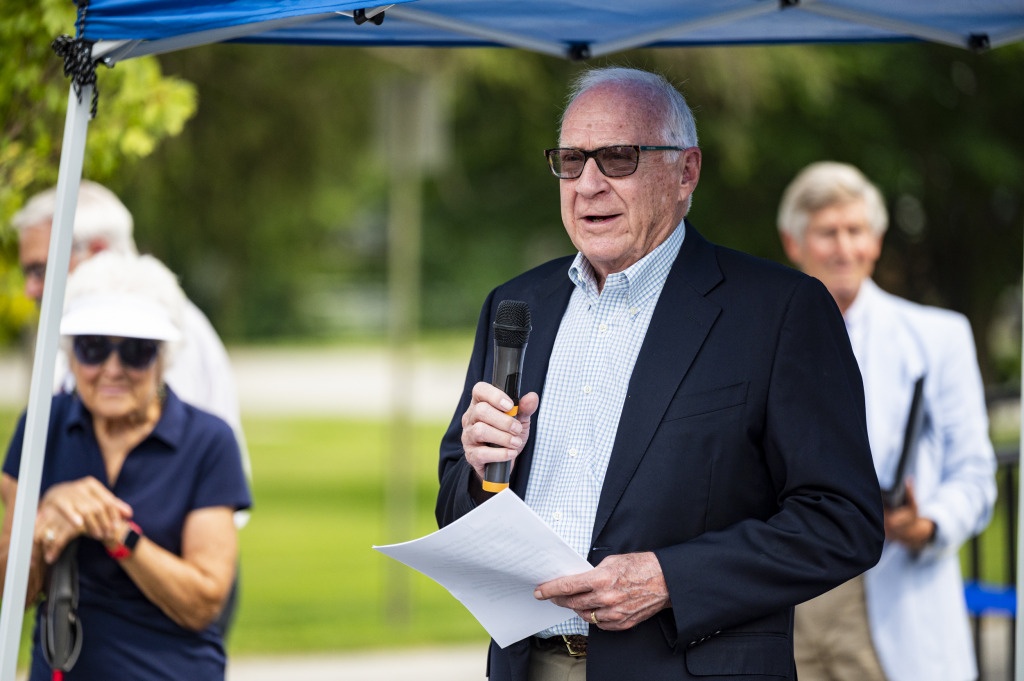
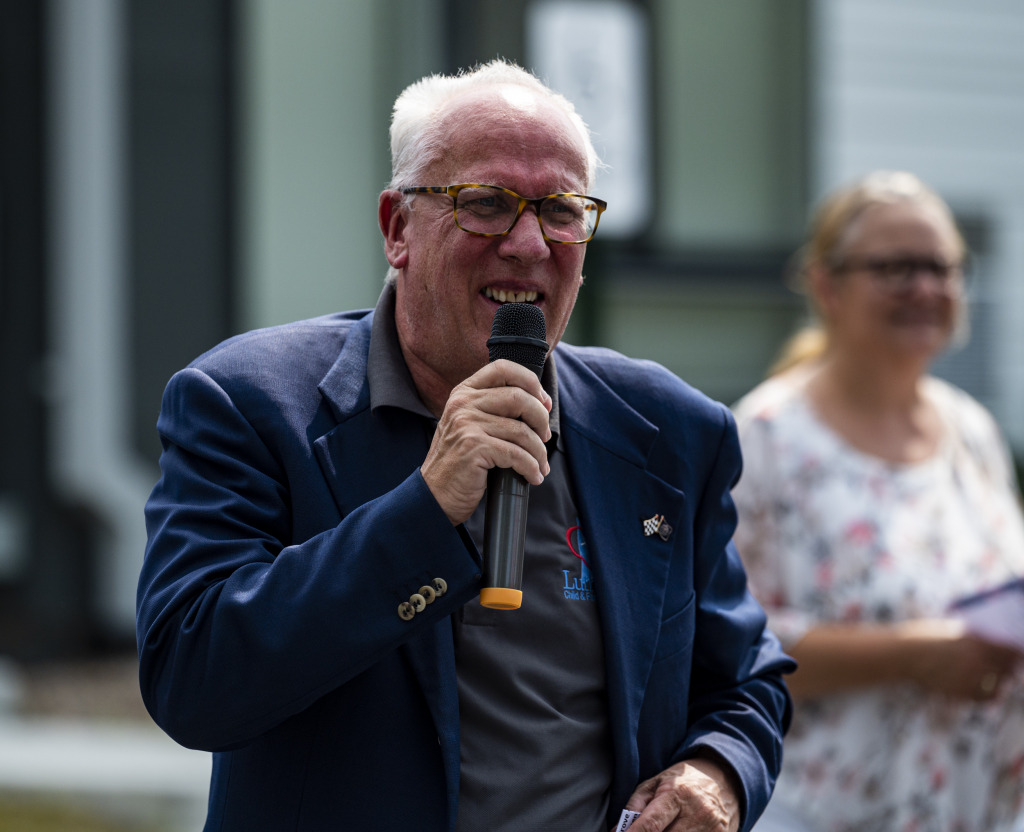
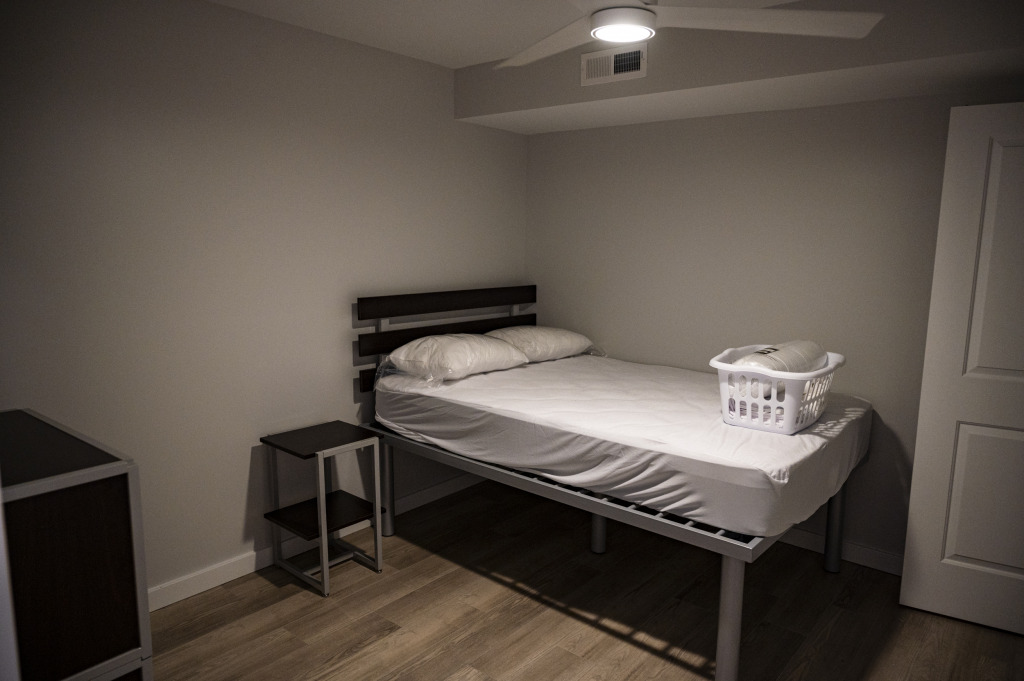
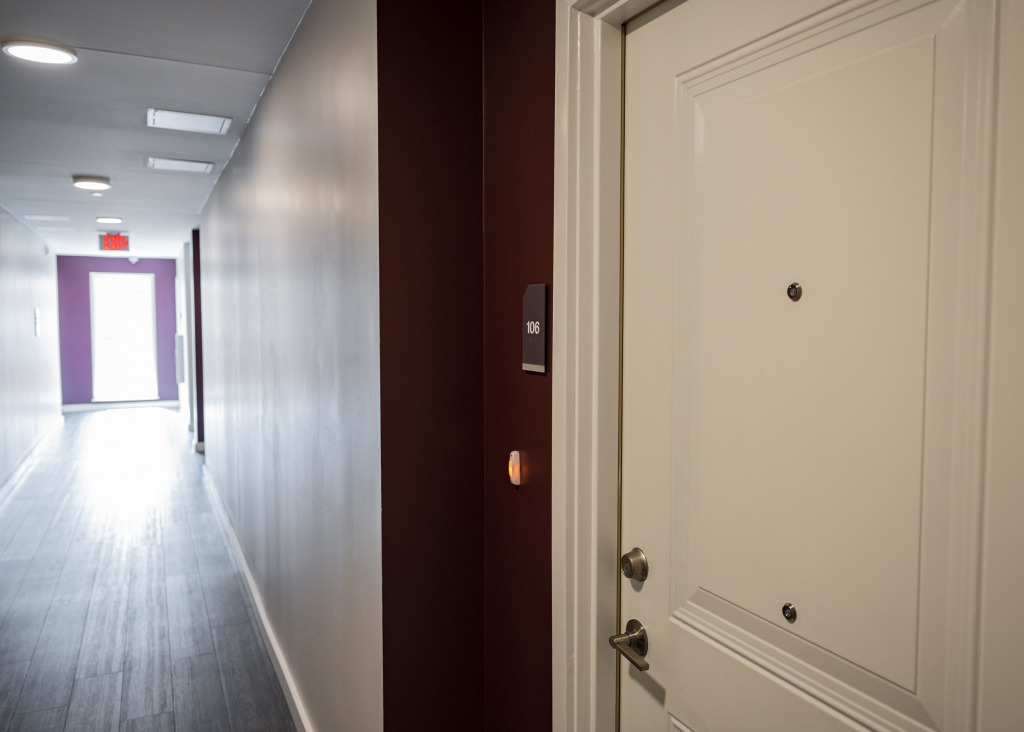
$9.2M to house 30 young adults? I must have missed something but wish them well.
Obviously the rooms will be used more than once, James.
That’s $307,000 per occupant, not sure where you live Stephen, but that’s good living around Indy.
I live in Indy. Are you suggesting we allow our most vulnerable to live in squalor or without the care they need? I’m genuinely trying to understand your perspective here because it seems nonsensical. Are you concerned about the developer making off like a bandit? What’s the actual concern?
As they say in the story:
“They pitched Pando as a place for former foster care youth to stay and have immediate access to the resources needed to obtain and maintain stability—with more independence and privacy than a group home affords, and none of the time limits associated with transitional housing programs”.
“Residents have access to an on-site food pantry and staff that can get them health care, legal aid, educational and employment help, and so on. Furniture comes with the apartment, since newcomers so often “come with nothing, just the clothes that’s on their back,” said Brown, the property manager. She also provides supplies like tissues, plungers and other basic, but often overlooked, necessities.”
Do most $307,000 houses in Indy come with that level of support? This sounds like it is and will continue to be a good thing for many more than 30 people and you just had to trash it because of a price you didn’t understand. SMH.
Return on Investment eludes progressives. For $307,000 per possible occupant initially, and no explanation of future expenses, let’s hope taxpayers are not funding this.
Now your concern is no ROI? Lol watch those goalposts move!
It is helpful for readers to know your comment is pure conservatives ideological resistance and not actually anything to do with the cost. I’ll be honest, I did figure that. But thank you for clarifying for us.
I found the line where the entire thing is taxpayer funded. The project was funded with $8.4 million in Indiana Low-Income Housing Tax Credits and the $800,000 from the Indiana housing authority’s Housing Trust Fund. So I have my answer as to why it seems so very expensive.